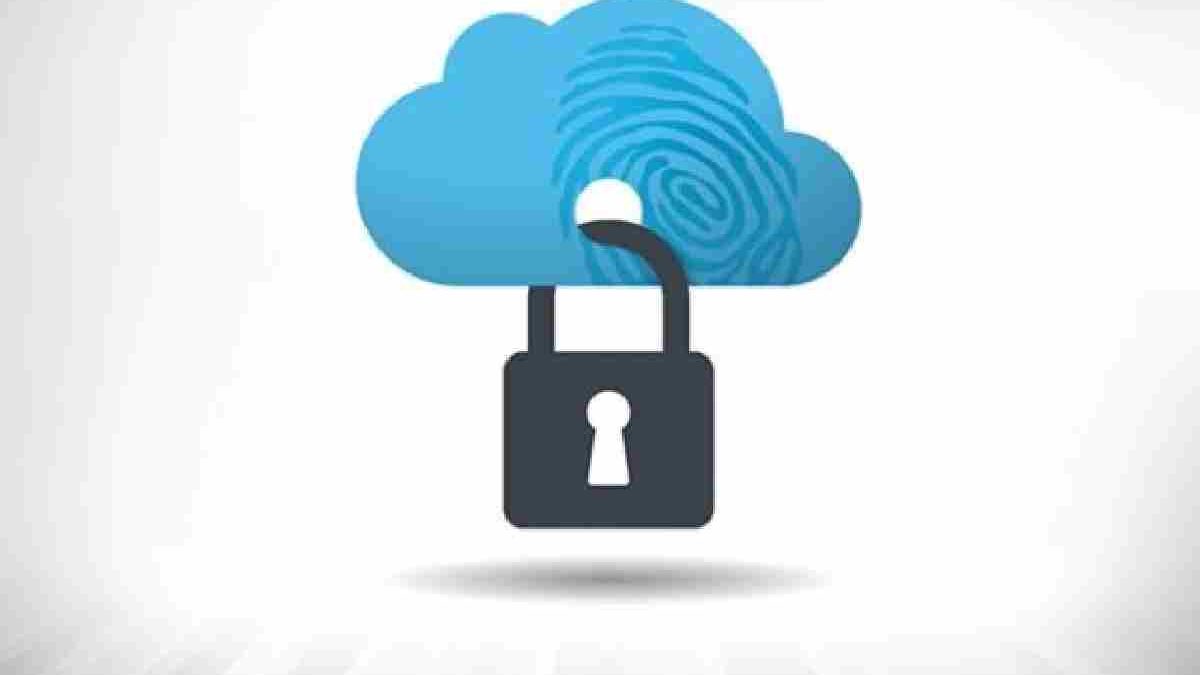Today in 2021, technology has never been as practical, easy to use or user-friendly. The sheer volume of data circulating on the internet, as well as the number of users which are simultaneously online is unprecedented. Since there is so much data being transferred on several digital channels and platforms, the need to practically, quickly and securely back up this data on the information superhighway, for both individuals and businesses, has never been greater.
Whether you are an individual or a small business, you will be using some kind of cloud storage. With that, it is critical to explore how to secure cloud storage for both personal and business purposes. In today’s digital marketplace, full of online businesses including everything from the digital marketing sector to the corporate world, almost half of all data is stored on cloud storage. Furthermore, cloud computing is a sector that is expected to grow close to 1 trillion USD in the next five years. Statistics show that over 90% of small businesses use cloud storage for their data and backups, and that the adoption of the cloud will keep increasing rapidly for the foreseeable future.
During Covid-19, the popularity of the cloud (and the variety of cloud offerings) has surged even more, with the work-from-home model being the global norm. As a result, the global transfer to an isolated lifestyle has skyrocketed demand for online activities such as video conferencing (e.g. Zoom) and business messaging apps (e.g. Slack). This does not only apply to work though, but entertainment as well. The exponential surge in demand for streaming services is equally as astronomical as it is for work purposes. Everything from watching Netflix, to streaming games on Twitch relies on some sort of cloud architecture.
A Brief History On Cloud Computing
Cloud computing, put simply; means storing data somewhere other than on a private computer or locally, hence somewhere else ‘on the cloud’. There is an interesting history behind it. With the advent of primitive forms of the internet from the 1960s to the 1990s, cloud computing as we know it today wasn’t born yet, nor was there a need for it as the internet was rather simple and definitely not as ‘portable’. Later on as the decades passed and the internet web became more complex, researchers started talking about this technology.
In the 1990s at Emory University, Professor Ramnath Chellapa drew up some definitions for this new cloud computing ‘paradigm’. Cloud computing was also first officially mentioned in a document belonging to Compaq. Development continued throughout the 90s and early 2000s until 2006, when Amazon came up with their ‘Amazon Web Services’ which utilized an early version of today’s cloud storage. Later, in 2008, Google would start to develop some of their app engines, while NASA were also working on development of hybrid forms of cloud computing. These developments would bring us to today, where we are used to interacting with several applications on the cloud on a daily basis, and offloading most of our data there as well.
There is no debate over the importance of cloud computing in the future. The fact that cloud computing not only simplifies and speeds up our online lives (think everything from social media to Gmail), but brings efficiency, agility and cost reduction to the business world is crystal clear. The not-so-bright side of it is that, with so much of the world reliant on cloud technology, there are enormous security hurdles to be dealt with.
The Types of Cloud Storage
There are different types of cloud storage, each with their own purposes and levels of security. Cloud storage can be categorized into the following;
- PaaS (Platform-as-a-Service)
- IaaS (Infrastructure-as-a-Service)
- Saas (Software-as-a-Service)
Given the types of storage above, these can then be grouped into the following categories;
- Personal cloud computing- SaaS
- Enterprise cloud computing- PaaS
– IaaS
As far as PaaS and IaaS are concerned, those are types of cloud computing that tech companies and developers use, which usually have high-level proprietary security measures in place. SaaS on the other hand is consumer-facing cloud computing that offers software, and is the most popular type of cloud computing that people are familiar with and use (think Google Apps or Dropbox).
Why is security such a big deal when it comes to cloud data/storage? This is because cyberattacks are on the rise, and cloud storage is quite popular with cybercriminals.
How to Keep Cloud Data Secure
The convenience of storing your data on the cloud, not having to carry storage devices around and being able to collaborate online combined with having that peace of mind, sometimes comes at a price. Cybercriminals have successfully targeted both businesses and individuals by hacking and exploiting cloud storage data, and they continue to do so.
One crucial step in ensuring data safety and mitigating cybercrime risks is to implement robust data migration solutions. These solutions facilitate the secure transfer of data from one storage environment to another, allowing organizations and individuals to move their information between cloud providers or other storage systems without compromising its integrity or security.
What is to be done? In order to keep your cloud storage squeaky clean, and free of any cybercrime activity, the following steps are recommended;
- Old habits die hard, and for good reason. It is always smart to have a physical backup of all of your data on an external disk
- Enable two/multi-factor authentication on your services
- Be aware of who has access to the files on the cloud, and who can edit them
- Ideally, you want a fully encrypted service when uploading and accessing the cloud
- Try to keep truly sensitive data off of the internet completely, if possible
- Always consult the fine print of the cloud service
- Encrypt your files before uploading them anywhere
- Long, complex passwords are always a good thing
- Check which other applications have access to your cloud service
Security tips for Enterprises
- Apply multi-factor authentication at all junctions
- Hire ‘ethical hacker’ to test vulnerabilities
- Follow industry standards when it comes to cloud services
- Utilize cloud-to-cloud backup for your business
- Employ risk assessment and real-time network monitoring
- Employee training will help reduce spoofing, phishing and other attacks
- Good management means knowing what your employees have access to
Beyond these general best practices, the following list of the types of applications to use will add another layer of security;
- An application that encrypts your files to your liking, requiring the receiver to enter a key
- An application such as a password manager, to keep passwords under control
- A separate cloud application that doesn’t come from the big brand names, which uses your own computer as a cloud when transferring files from your smartphone
Cloud computing is here to stay, and security demands are now greater than ever as the internet seems to get just a little more risky by the day. Thankfully, there will always be solutions which will make for a headache-free, smooth experience in the clouds.
Mirza Silajdzic Author
Tech researcher & communications specialist for www.vpnoverview.com
Kamran Sharief
Related posts
Recent Posts
5 Gadgets for Playing Online Casino Games
Gadgets for Playing Online Casino Games Online casino games are pretty popular these days. One of the primary reasons that…
Are mobile apps getting worse for reliability?
Are mobile apps getting worse for reliability There is a growing argument that mobile applications are starting to get worse…



